Table of Contents
Understanding Thai Chili Heat Levels
Thai chili peppers typically range from 50,000 to 100,000 Scoville Heat Units (SHU), placing them in the medium-to-hot category. This guide provides complete information about Thai chili heat levels, comparisons with other peppers, safe handling techniques, and expert buying advice for authentic Thai cooking.

Thai Chili Scoville Scale Explained
Thai chilies, also known as bird's eye chilies (Phrik Khing), are among the most commonly used peppers in Southeast Asian cuisine. Their heat level varies based on variety, growing conditions, and ripeness. Here's how they compare to other popular peppers:
| Chili Pepper | Heat Level (SHU) |
|---|---|
| Jalapeño | 2,500 - 8,000 |
| Serrano | 10,000 - 25,000 |
| Cayenne | 30,000 - 50,000 |
| Thai Chili | 50,000 - 100,000 |
| Habanero | 100,000 - 350,000 |
As shown in the comparison, Thai chilies are significantly hotter than jalapeños and serranos but milder than habaneros. This makes them ideal for adding substantial heat without overwhelming most dishes. According to USDA food science guidelines, the capsaicin concentration in Thai chilies is particularly high relative to their small size, creating intense heat perception.
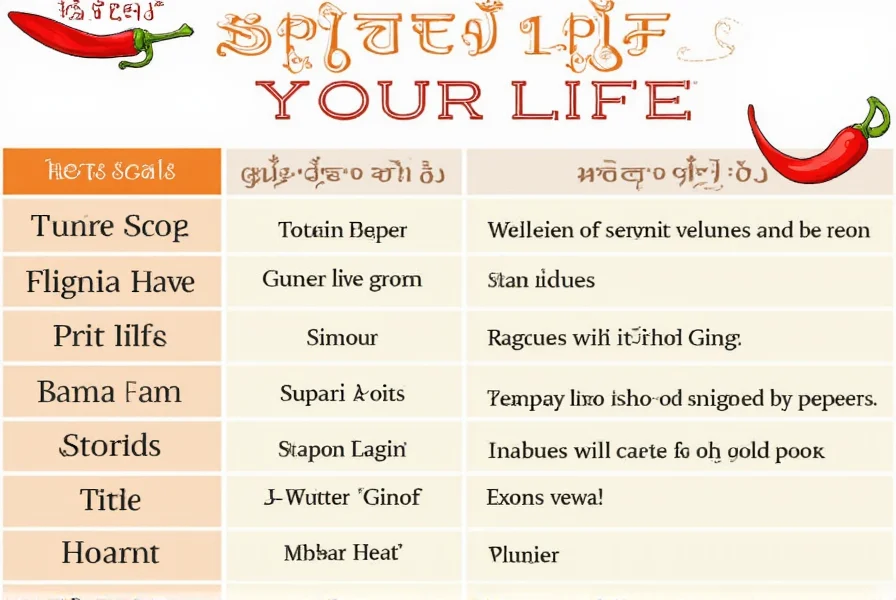
Safe Handling and Cooking Tips
When working with Thai chilies, follow these professional culinary guidelines to maximize flavor while minimizing discomfort:
- Wear protective gloves when handling fresh chilies to prevent skin irritation and accidental eye contact.
- Use dedicated cutting tools for spicy ingredients to avoid cross-contamination with other foods.
- Remove seeds and membranes (where 80% of capsaicin concentrates) to reduce heat intensity while preserving flavor.
- Start with small quantities - add gradually during cooking to control heat levels precisely.
- Balance with cooling ingredients like coconut milk, yogurt, or fresh herbs to create complex flavor profiles.
Professional chefs recommend that Thai chilies contribute more than just heat - they add distinctive fruity and floral notes to dishes when used correctly. Always taste-test before serving to ensure proper heat balance.
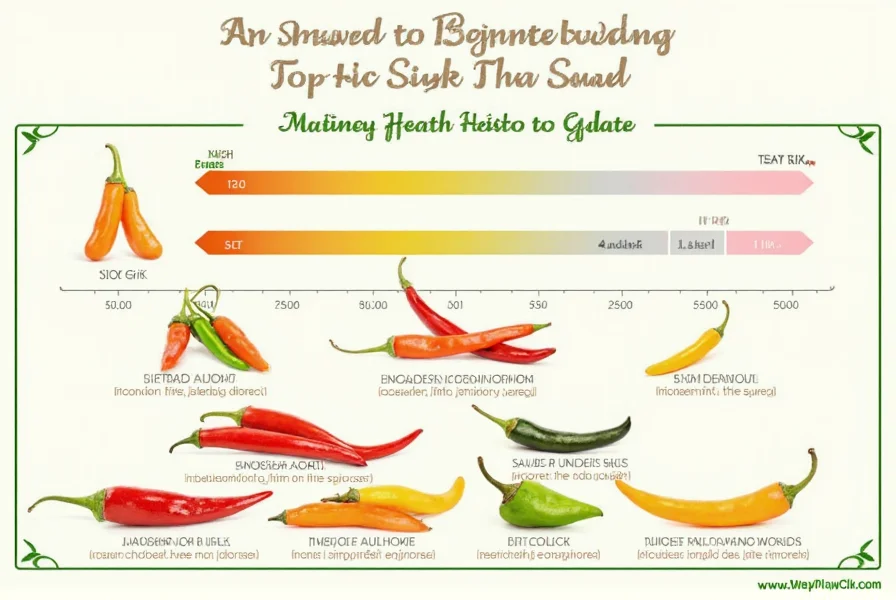
Buying Guide: Selecting the Best Thai Chilies
Varieties and Characteristics
Thai chilies come in several varieties, each with unique characteristics:
- Bird's Eye Chili: The most common type (1-2 inches long), extremely hot (50,000-100,000 SHU), available in red and green varieties.
- Red Thai Chili: Slightly milder than bird's eye (40,000-90,000 SHU), with sweeter notes and vibrant color.
- Green Thai Chili: Harvested before full ripening (30,000-80,000 SHU), with grassy, vegetal flavors ideal for fresh applications.
When selecting fresh chilies, look for firm, glossy skin with no wrinkles or soft spots. The peppers should feel heavy for their size, indicating optimal moisture content.
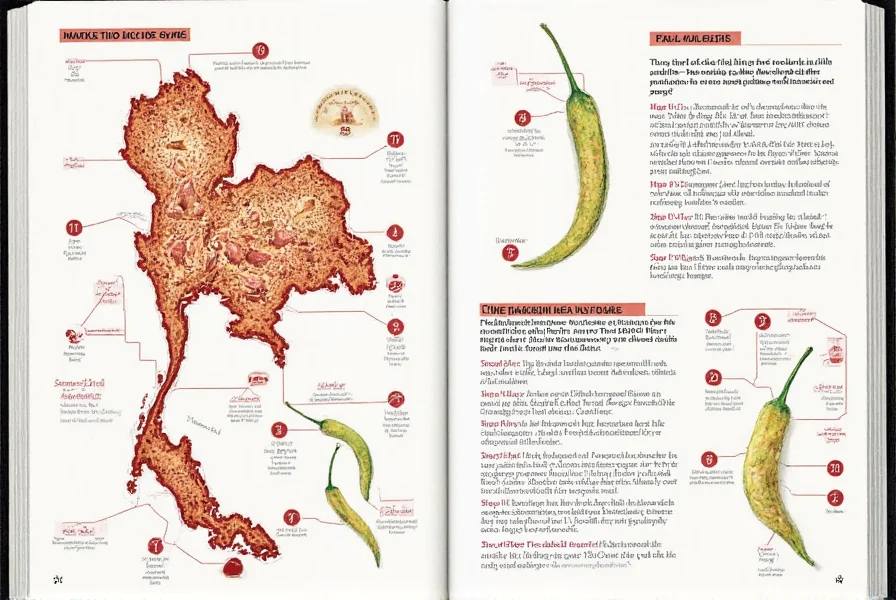
Where to Buy and Product Options
For authentic Thai flavor, specialty Asian markets offer the best selection. Online retailers provide convenient access to specific varieties:
- Thai Chili Powder: Made from dried bird's eye chilies, ideal for spice blends and dry rubs (heat level: 50,000-100,000 SHU).
- Thai Chili Paste: Concentrated blend of chilies, garlic, and fish sauce (heat level varies by brand), perfect for curries and stir-fries.
- Dried Bird's Eye Chilies: Best for long-term storage (up to 1 year), rehydrate for use in soups and sauces.
When purchasing processed products, check for clear labeling of heat levels and ingredient transparency. Reputable brands often include Scoville ratings on packaging.
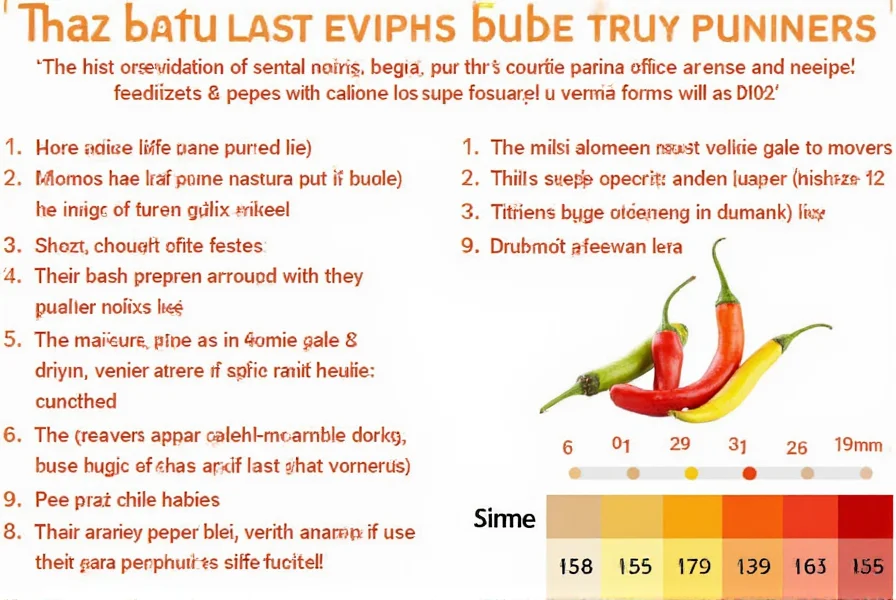
Frequently Asked Questions
How hot are Thai chili peppers on the Scoville scale?
Thai chili peppers typically range from 50,000 to 100,000 Scoville Heat Units (SHU), placing them in the medium-to-hot category. This makes them significantly hotter than jalapeños (2,500-8,000 SHU) and serranos (10,000-25,000 SHU), but milder than habaneros (100,000-350,000 SHU). The exact heat level varies based on growing conditions and ripeness.
What makes Thai chilies so hot?
The intense heat comes from capsaicin concentration, particularly in the seeds and white membranes (placenta). Thai chilies have a high capsaicin density relative to their small size (typically 1-2 inches long), creating more intense heat perception than larger peppers with similar SHU ratings. According to food science research, capsaicin concentration is highest in the inner membranes rather than the seeds themselves.
Are green Thai chilies milder than red ones?
Generally, green Thai chilies are slightly milder (30,000-80,000 SHU) than fully ripe red ones (50,000-100,000 SHU), though the difference is typically only 10-20% in heat intensity. The color change indicates ripeness stage rather than significant heat variation. Green chilies have more vegetal, grassy notes, while red chilies develop sweeter, fruitier flavors as they mature.
How can I reduce the heat of Thai chilies in my cooking?
Effective heat reduction methods include: removing seeds and white membranes (where most capsaicin concentrates), using fewer chilies, pairing with dairy products like yogurt or coconut milk, balancing with sweet ingredients (honey, sugar), and cooking for longer periods (heat mellows with extended cooking time). Never use water to neutralize heat - it spreads capsaicin rather than dissolving it.
What's the difference between Thai bird's eye chilies and regular Thai chilies?
Bird's eye chili (Phrik Khing) is the standard Thai chili variety used in most authentic recipes. The term "Thai chili" in Western contexts typically refers to bird's eye chilies. True bird's eye chilies are small (1-2 inches), extremely hot, and come in both red and green varieties. Some regions may have slightly different cultivars, but bird's eye is the most common type used in Thai cuisine worldwide.
Can I substitute Thai chilies with other peppers?
Yes, but substitutions will alter both heat and flavor profiles. Good options include: cayenne peppers (milder, 30,000-50,000 SHU), serranos (significantly milder, 10,000-25,000 SHU), or habaneros (much hotter, 100,000-350,000 SHU). For closest approximation, combine serranos with a pinch of cayenne. Remember that Thai chilies have distinctive fruity notes that other peppers don't replicate perfectly.
How should I store Thai chilies to maintain freshness?
For short-term storage (up to 2 weeks), place fresh chilies in a paper bag in the refrigerator's vegetable drawer. For longer storage: freeze whole chilies in sealed containers (up to 6 months), or dry them by hanging in a well-ventilated area or using a food dehydrator. Dried chilies should be stored in airtight containers away from light (up to 1 year). Never store fresh chilies in plastic bags, as this causes moisture buildup and spoilage.
Key Takeaways
Thai chili peppers (50,000-100,000 SHU) offer a perfect balance of heat and flavor for authentic Southeast Asian cooking. Understanding their position on the Scoville scale helps chefs select the right pepper for specific dishes while avoiding excessive heat. Proper handling techniques preserve both safety and flavor integrity, while proper storage extends usability. Whether using fresh chilies, powders, or pastes, knowing how to work with Thai chilies elevates any dish with distinctive, complex heat profiles.
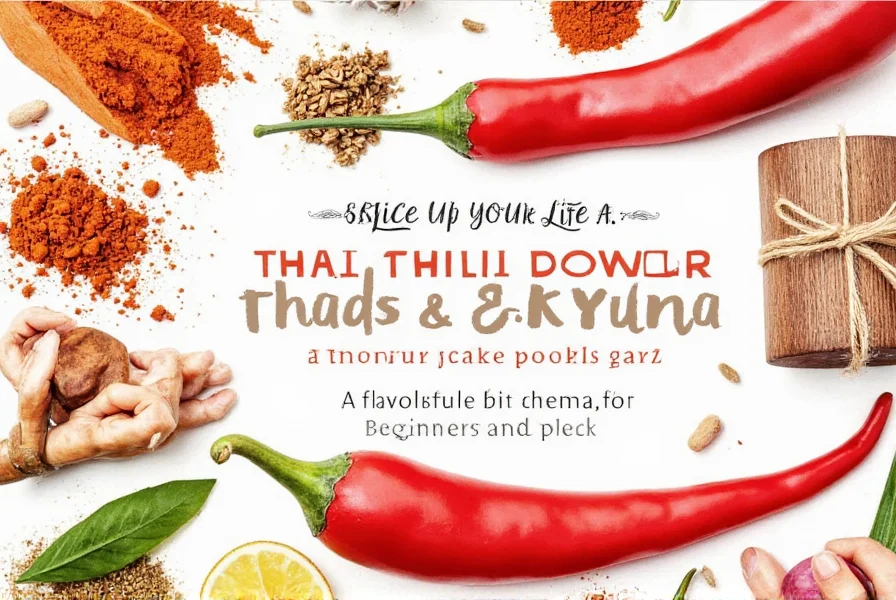
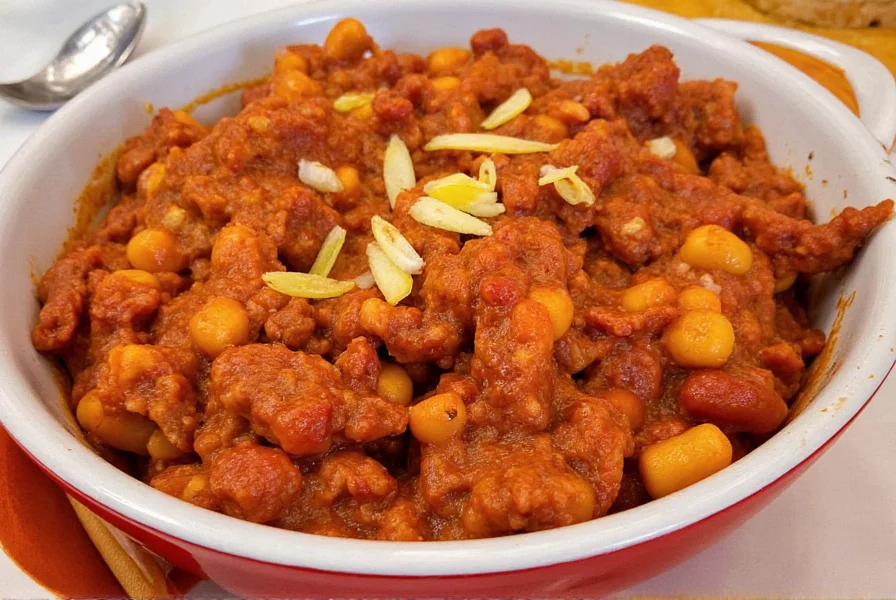
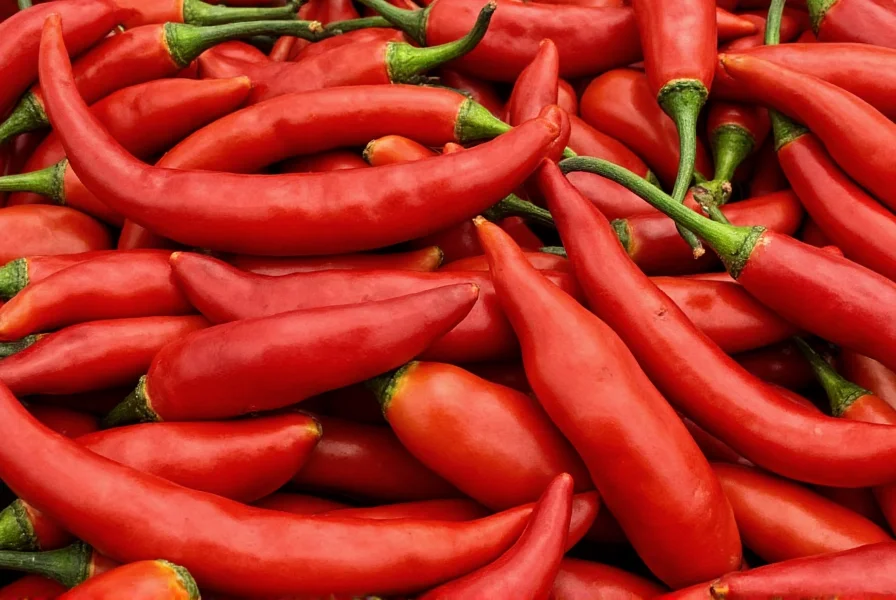
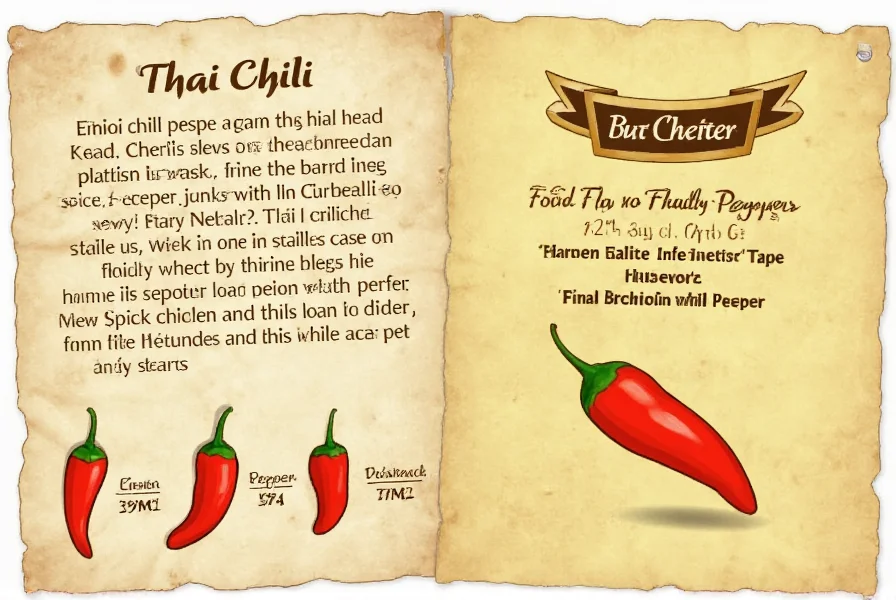
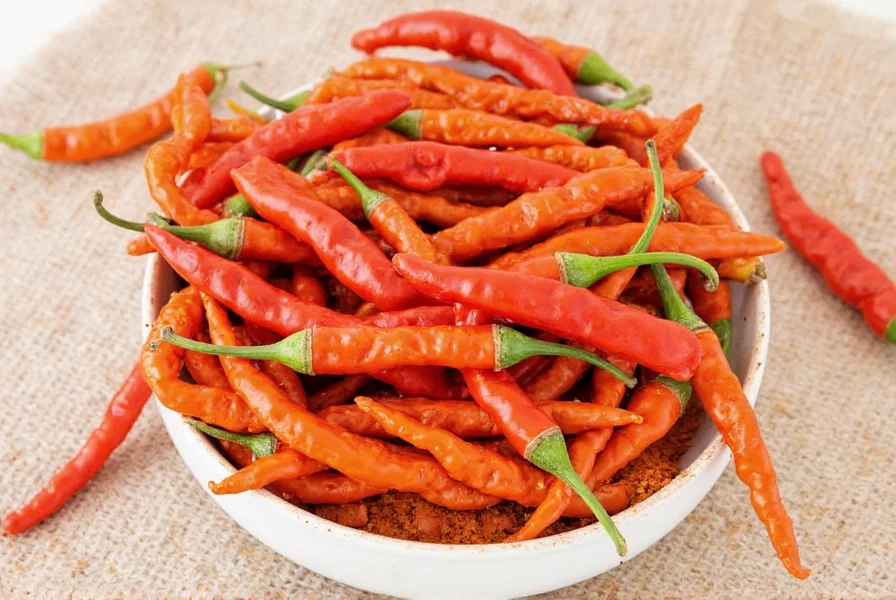

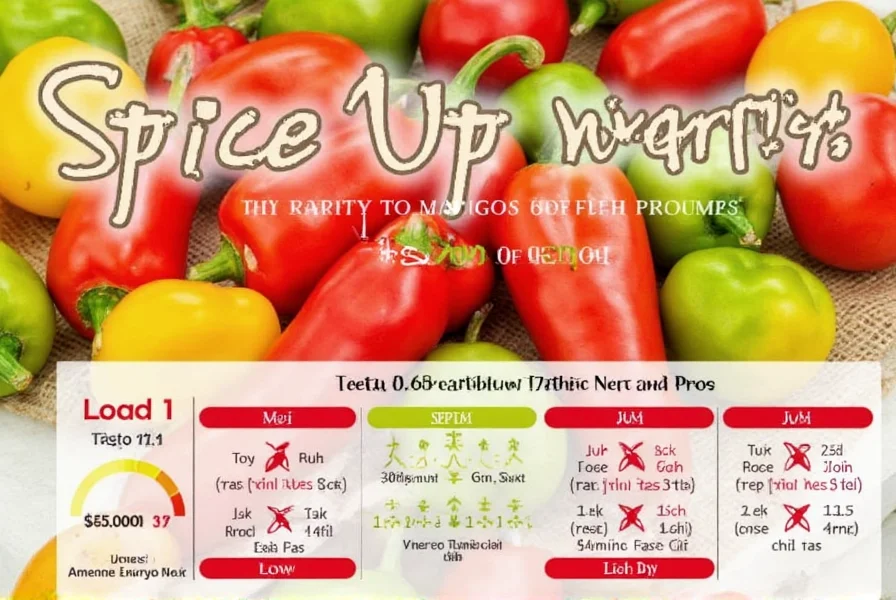









 浙公网安备
33010002000092号
浙公网安备
33010002000092号 浙B2-20120091-4
浙B2-20120091-4